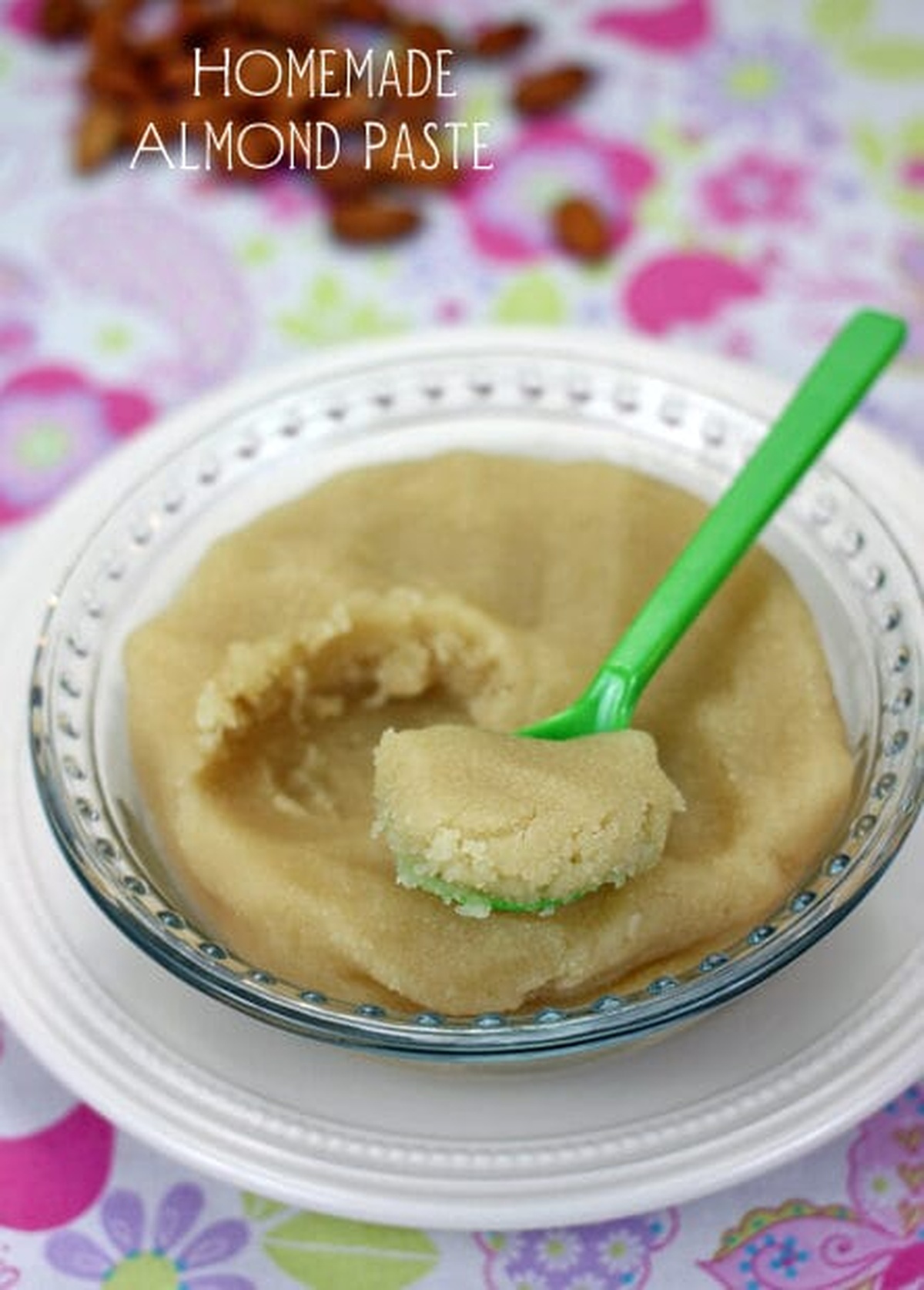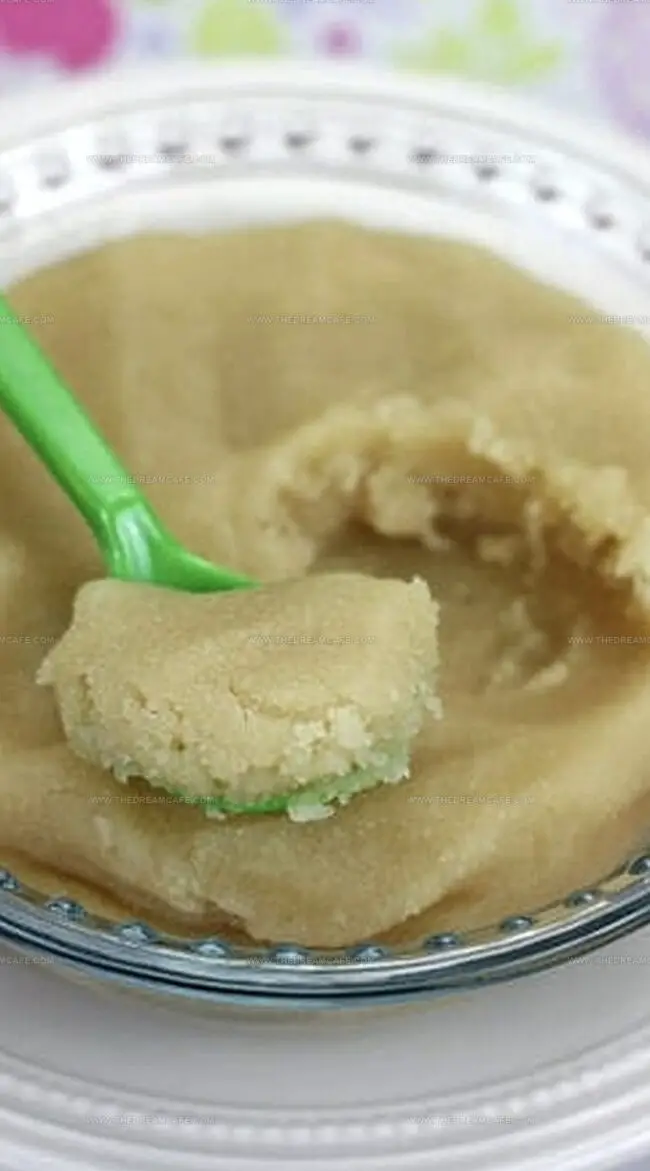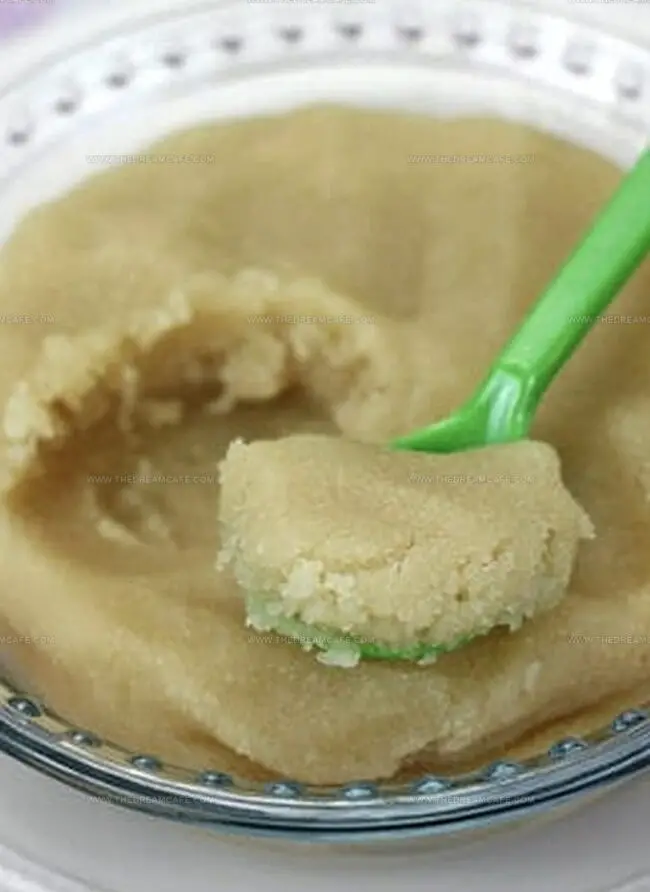Quick & Zesty Homemade Almond Paste Recipe for Bakers
Crafting homemade almond paste revolutionizes ordinary baking into an extraordinary culinary adventure for passionate home cooks.
Grinding fresh almonds and sweet ingredients creates a versatile pantry staple that elevates desserts with rich, authentic flavors.
Soft and pliable, this simple mixture delivers intense nutty undertones that commercial versions struggle to match.
Professional bakers know the magic lies in controlling each ingredient’s quality and proportion.
Precise measurements ensure a smooth, consistent texture that blends seamlessly into pastries and confections.
Small batches allow you to experiment with subtle flavor variations and customize your paste.
Preparing this delectable ingredient at home guarantees a superior taste experience.
Why Homemade Almond Paste Is a Kitchen Essential
What Goes into Homemade Almond Paste
Base Ingredients:Liquid Modifiers:Finishing Ingredient:How to Blend Homemade Almond Paste to Perfection
Step 1: Prepare Sugar Syrup
Grab a medium saucepan and combine:Heat the mixture over medium-high heat, stirring frequently until it reaches a rolling boil.
Step 2: Process Almonds
Use a large food processor to transform almonds into a coarse texture. Carefully pour boiling water over the chopped almonds and blend for up to 10 minutes. Remember to scrape down the sides periodically to ensure an even, smooth consistency.
Step 3: Adjust Almond Mixture Consistency
If the almond mixture becomes too thick during blending, gradually add:This helps create a smoother, more spreadable paste.
Step 4: Cool and Store Almond Paste
Wrap the freshly blended almond paste in plastic wrap. Allow it to cool completely before refrigerating. Storage options include:Step 5: Enhance Texture (Optional)
When ready to use, knead butter into the almond paste. This step:Note: Skipping this step still produces excellent almond paste.
Tips for Getting Homemade Almond Paste Just Right
How to Store and Reuse Homemade Almond Paste
Great Pairings for Homemade Almond Paste in Desserts
Unique Ways to Switch Up Homemade Almond Paste
Print
Homemade Almond Paste Recipe
- Total Time: 30 minutes
- Yield: 12 1x
Description
Homemade almond paste delivers rich, nutty flavor straight from Italian culinary traditions. Crafted with simple ingredients like ground almonds and powdered sugar, this versatile recipe creates a perfect base for pastries and desserts you’ll love.
Ingredients
Main Ingredients:
- 3 cups plus 3 tablespoons (500 grams) blanched, whole almonds
- 1 cup plus 3 tablespoons (250 grams) sugar
- ¼ cup (75 grams) honey
Liquid Ingredients:
- Up to ¼ cup (about 50 grams) Kirsch or simple syrup
- ¼ cup plus 1 tablespoon plus 2 teaspoons (100 grams) water
Optional Ingredient:
- Scant ¼ cup (50 grams) butter
Instructions
- Prepare a medium saucepan and combine granulated sugar, golden honey, and cold water over medium-high heat, stirring consistently until the liquid reaches a rolling boil.
- Transfer whole raw almonds into a large food processor and pulse until they transform into a coarse, textured consistency.
- Carefully stream hot boiling water over the ground almonds, initiating a continuous blending process that will last approximately 10 minutes, periodically pausing to scrape down the processor’s interior walls to ensure uniform texture.
- Monitor the almond mixture’s consistency during blending; if the texture appears excessively dense or challenging to process, introduce small increments of hot water or kirsch liqueur to facilitate smoother integration and achieve a more malleable paste.
- Continue processing until the almond mixture develops a silky, uniform composition with no discernible chunky segments.
- Transfer the freshly created almond paste onto a clean plastic wrap surface, enveloping it completely to prevent moisture loss and allow natural cooling at room temperature.
- Once cooled to ambient temperature, refrigerate the wrapped almond paste for storage, maintaining its quality for 2-3 weeks or alternatively freeze for extended preservation up to three months.
- Prior to usage, optional technique involves gently kneading softened unsalted butter into the almond paste, which enhances smoothness and reduces potential stickiness, though this step remains discretionary.
Notes
- Grinding almonds transforms them into a creamy, versatile base for your homemade paste, releasing their rich, nutty oils during the blending process.
- Boiling sugar, honey, and water creates a syrupy liquid that binds the almond mixture, adding depth and natural sweetness to your recipe.
- Blending requires patience and occasional scraping to ensure a consistent, smooth texture that prevents lumpy or uneven almond paste.
- Adding hot water or kirsch helps manage the mixture’s thickness, allowing you to customize the paste’s final consistency with ease.
- Kneading butter into the cooled paste softens the texture, making it more pliable and less sticky for various culinary applications.
- Storing the almond paste in the refrigerator extends its shelf life, letting you enjoy your homemade creation for weeks or even months.
- Prep Time: 20 minutes
- Cook Time: 10 minutes
- Category: Snacks, Desserts
- Method: Boiling, Blending
- Cuisine: Italian
Nutrition
- Serving Size: 12
- Calories: 155 kcal
- Sugar: 20g
- Sodium: 0mg
- Fat: 7g
- Saturated Fat: 4g
- Unsaturated Fat: 2.5g
- Trans Fat: 0g
- Carbohydrates: 19g
- Fiber: 3g
- Protein: 4g
- Cholesterol: 15mg




Julian Park
Co-Founder, Cuisine Researcher & Food Culture Writer
Expertise
Education
The Institute of Culinary Education (ICE), Los Angeles, CA
Julian Park is a natural storyteller at The Dream Café who blends hands-on culinary experience with a passion for exploring global food traditions. A graduate of The Institute of Culinary Education in Los Angeles, Julian combines professional technique with a love for cultural discovery, diving into how dishes reflect heritage, migration, and identity.
His work spans everything from in-depth cuisine guides to reflections on everyday meals around the world. With a curious palate and a journal always close by, Julian helps readers connect with food in a way that feels so insightful and personal.